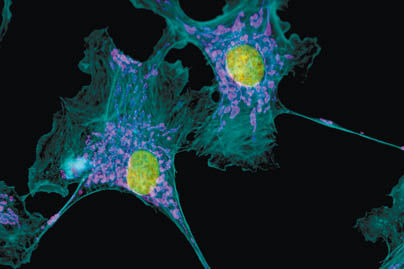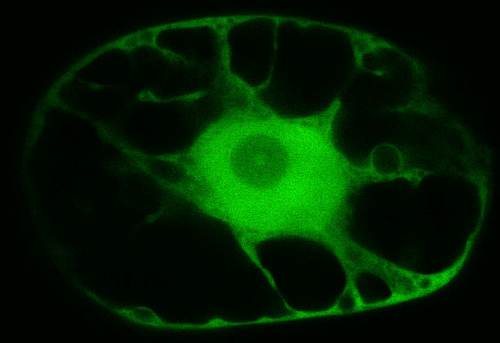BIOLOGY DEPARTMENT |
||
|---|---|---|
|
MR STEPHENS
DR PROUDFOOT
DR LAWSON
|
Biology is ever changing. For every research paper that answers a question 'how does this work', ten more questions are raised, such is the astonishing complexity of living organisms. From the tiniest bacterium to ourselves (the pinnacle?), life is organised in ways that make science fiction films seem dated.
THE NEW SCIENCE BLOCK THE BALLANCE BUILDING OPENS 18TH NOV
These meerkats are showing typical sentry behaviour. Their knowledge of all the surounding escape routes is an example of 'latent learning', knowledge which may not help you immediately, but which may be extremely useful on future occasions. ____________________________________________________ Upper Sixth lesson Demo-ing action potentials along the axon of a neuron. The first attempt: Take 1 The second and correct attempt: Take 2 |
DALE FORT TRIP
PROFESSOR CONWAY-MORRIS' VISIT
RESOURCES
|
In the surface membrane of a nerve cell there are protein carriers (the students). These actively pump Na+ (Sodium) ions out of the cytoplasm to the outside of the cell. At the same time, K+ (Potassium) ions are pumped from the outside in. This active pumping of Na+ and K+ ions requires energy (in the form of ATP) because the ions are being moved against their concentration gradients (from where they are at a lower concentration to where they are at a higher concentration). K+ and Na+ ions diffuse back down their concentration gradient but K+ diffuses back out of the cell faster than Na+ can diffuse back in. This means there is a net movement of positive ions out of the cell making the inside of the cell negatively charged, relative to the outside. This charge is the resting potential of the cell and is about -70mV.
|



